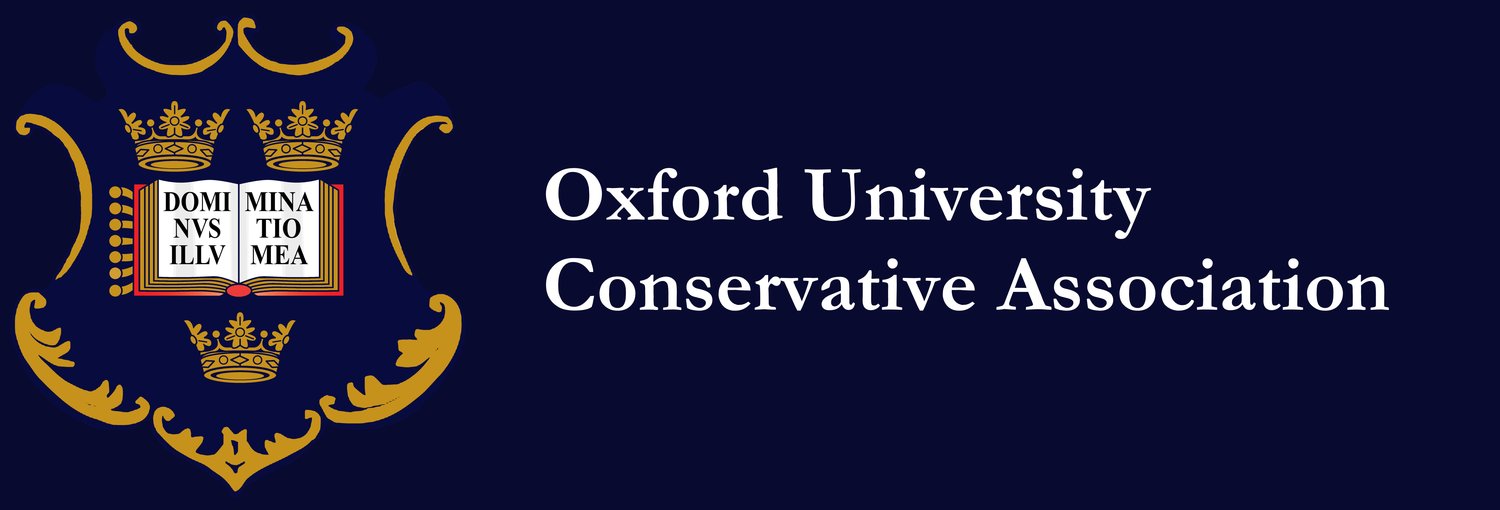Britain is in decline; we have stopped worshipping feet
/A few weeks ago, I rode a bicycle through the impeccably delightful countryside of East Anglia. It was an experience which reminded me of two things: one, I’ve become helplessly unfit and two, quaint rural road signs demarcating distances in miles are so much more pleasurable to behold than those measuring in kilometres. Not only in length, but in capacity and mass too do we see the peculiarity and specificity of the imperial system far outshining the dull mundanity of Napoleon’s autocratic metric potion. And metric measurements are exactly that: autocratic. They emanate from the same mindset which adores order, control and standardisation – the evisceration of unique quirkiness is supplanted by a Germanic obsession with neatness and divisibility by ten.
In accommodating the metric system so calmly into our quotidian parlance we subconsciously socialise ourselves with a system totally devoid of personality. More importantly, we also abrogate the connection to our history that imperial measurements provide. Take for example how the inch (a vastly superior tool for evaluating petit spacial extension than the centimetre) originated from aligning barley grains end to end or how the rod came into being by randomly measuring the length of churchgoers’ left feet. Furthermore, the link was derived as a means to measure a cricket pitch, whilst the slug as a unit of mass evolved from pioneering British research in physics in the 19th century.
Now let us contrast the beautifully organic origins of the imperial system with those of the metric. Whereas the foot and the cable trace their roots to human anatomy or innocent agricultural practices, units such as the metre and the gram emerged at a time when France was preoccupied with slaughtering its aristocracy. Metric units are also either bewilderingly confusing (the metre was first deemed to be one ten-millionth of the distance from the equator to the North Pole) or mind-numbingly drab (the kilogram was standardised against a blob of platinum incarcerated in a Parisian vault.)
Let us also not forget that at the same time as ascertaining the earth’s circumference and hacking away brutally at the landscape to create these prototype measurements, the French élite was also busying itself with vitiating time. Not content with the perfectly satisfactory division of the day into 24 units of 60 minutes, Napoleon sought to indulge his ten-addiction yet further with the decimalised clock. Thankfully, its life was short-lived.
We must now do to the metric system what the world did to Napoleon’s perturbing vandalisation of the clock only two centuries ago. Not only were metric measurements unearthed and exported by bloodthirsty tyrants, but they also lack the ineffable versatility of those which this country honoured for so long. Our metric-obsessed simpletons are lumbered with the clumsy inelegance of millimetres, centimetres and kilometres all being diminutives or superlatives of the same basic building block, first stumbled upon by swinging a rope around in a cathedral. Conversely, on this side of the Channel, we were bequeathed the unimaginable flexibility of employing the inch, the foot, the yard, the cable, the furlong, the link, the chain, the fathom, and the mile to unequivocally describe the distance to which we refer. Put simply, the history of the metric unit is indelibly scarred with the secretions of continental autocracy, whilst depriving their users of the lexical precision we have come to enjoy.
This, I assert, is not a system into which we should buy. It pains me to see liquids being sold in millilitres when fluid ounces would suffice. I shudder when road signs advise of parking 400 metres ahead, when yards would be more appropriate. More worryingly, I fear for the day when I’m no longer obeying the speed limit in miles per hour, have forgotten my weight in stones and pounds and my beer is served in 500ml glasses when I frequent the local pub (although with this, losing 12% of the pint is equally as egregious as losing the pint itself.) No, I’m not blind – much like sand after a day at the beach, the metric system has osmotically inveigled itself into every crevice and orifice of public and private life, yet I can’t help think that protecting our imperial measurements from the onslaught would in turn protect us from the insidious uniformity that the alternative purports to impose. After all, language moulds the mind.
SatNavs need not bellow commands to ‘turn right in 4 furlongs’ or ‘follow the road for 2 leagues’, neither, in all seriousness, would I expect EasyJet to inform me of a one slug weight limit for my luggage, but giving feet and inches a monopoly over height and enshrining miles per hour as the threshold by which plod will decide our fate would prove, if it was ever needed, that measurements cast in the shadow of the plough are superior to those cast in the shadow of the guillotine. Or, maybe, I should just stop thinking about pointless twaddle whilst cycling in Norfolk.
George Wright (Ex-Secretary, Former Deputy Returning Officer, Ex-Treasurer, Ex-Whip, Ex-Committee Member, St John’s College) is an undergraduate in his second year of studying Philosophy, Politics, and Economics.
